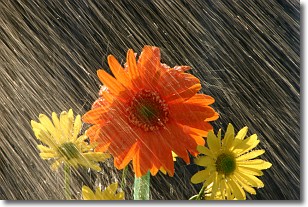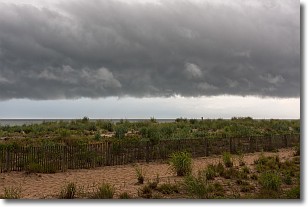Weather Alert in Washington
Fire Weather Watch issued July 6 at 5:56PM PDT until July 9 at 8:00PM PDT by NWS Spokane WA
AREAS AFFECTED: Western Columbia Basin; Eastern Columbia Basin / Palouse / Spokane Area; Lower Palouse / Snake River
DESCRIPTION: ...HOT, DRY, AND WINDY TUESDAY AND WEDNESDAY... .Hot and very dry conditions will be in place on Tuesday. Winds will increase through the day with gusts 15 to 25 mph from the East Slopes to the Palouse. Locally stronger winds will develop late Tuesday afternoon and evening in the foothills of the Cascades and across the Waterville Plateau producing gusts around 30 mph. A dry cold front will sweep through the region on Wednesday delivering stronger winds region-wide. Humidity levels increase on Wednesday but remain near critical levels. The National Weather Service in Spokane has issued a Fire Weather Watch for wind and low relative humidity, which is in effect from Tuesday afternoon through Wednesday evening. * Affected Area: Western Columbia Basin (Zone 707), Eastern Columbia Basin -Palouse -Spokane Area (Zone 708) and Lower Palouse -Snake River (Zone 709). * Winds: Tuesday: West to southwest 10 to 20 mph with gusts to 25 mph. Wednesday: West to southwest 15 to 25 mph gusts around 35 mph. * Relative Humidities: 10 to 15 percent on Tuesday. 18 to 25 percent on Wednesday. * Impacts: Rapid fire spread is likely with any new fires.
INSTRUCTION: A Fire Weather Watch means that critical fire weather conditions are forecast to occur. Listen for later forecasts and possible Red Flag Warnings.
Want more detail? Get the Complete 7 Day and Night Detailed Forecast!
Current U.S. National Radar--Current
The Current National Weather Radar is shown below with a UTC Time (subtract 5 hours from UTC to get Eastern Time).

National Weather Forecast--Current
The Current National Weather Forecast and National Weather Map are shown below.

National Weather Forecast for Tomorrow
Tomorrow National Weather Forecast and Tomorrow National Weather Map are show below.

North America Water Vapor (Moisture)
This map shows recent moisture content over North America. Bright and colored areas show high moisture (ie, clouds); brown indicates very little moisture present; black indicates no moisture.

Weather Topic: What is Precipitation?
Home - Education - Precipitation - Precipitation
 Next Topic: Rain
Next Topic: Rain
Precipitation can refer to many different forms of water that
may fall from clouds. Precipitation occurs after a cloud has become saturated to
the point where its water particles are more dense than the air below the cloud.
In most cases, precipitation will reach the ground, but it is not uncommon for
precipitation to evaporate before it reaches the earth's surface.
When precipitation evaporates before it contacts the ground it is called Virga.
Graupel, hail, sleet, rain, drizzle, and snow are forms of precipitation, but fog
and mist are not considered precipitation because the water vapor which
constitutes them isn't dense enough to fall to the ground.
Next Topic: Rain
Weather Topic: What are Shelf Clouds?
Home - Education - Cloud Types - Shelf Clouds
 Next Topic: Sleet
Next Topic: Sleet
A shelf cloud is similar to a wall cloud, but forms at the front
of a storm cloud, instead of at the rear, where wall clouds form.
A shelf cloud is caused by a series of events set into motion by the advancing
storm; first, cool air settles along the ground where precipitation has just fallen.
As the cool air is brought in, the warmer air is displaced, and rises above it,
because it is less dense. When the warmer air reaches the bottom of the storm cloud,
it begins to cool again, and the resulting condensation is a visible shelf cloud.
Next Topic: Sleet
Current conditions powered by WeatherAPI.com




